According to Mr. Nguyen Duc Kien - Deputy Director of the Vietnam Fine Arts Museum, in the work of managing artifacts, the Vietnam Fine Arts Museum has built, exploited and managed the database and records of artifacts on the artifact management software system. Since mid-2020, the Vietnam Fine Arts Museum has cooperated with Esoft IT company to build the Museum's artifact management software, and so far has achieved initial results, contributing to the development and success of the Vietnam Fine Arts Museum as well as the Ministry of Culture, Sports and Tourism in the digital transformation process in general.
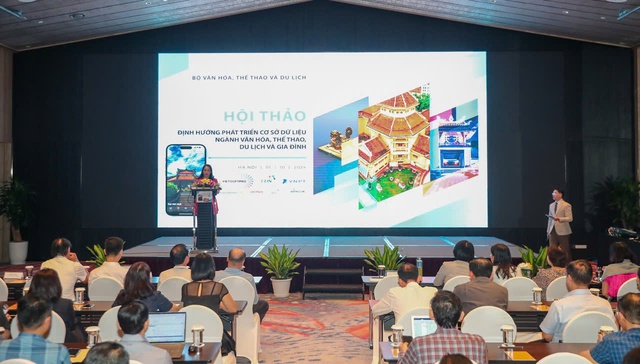
Overview of the Workshop
Identifying the database of artifacts as the foundation of digitalization, the backbone for operating and effectively operating the artifact management software, the professional staff of the Vietnam Fine Arts Museum have collected and built a database of artifacts from records, documents, artifact registration books... that the museum is keeping information on, including: Collecting information about artifacts in the Museum's registration system and artifact history; Documents, texts, legal papers related to artifacts; Photos, 3D scans of artifacts...
After being compiled, this information (data) will be checked, compared and selected to obtain the most accurate data and entered into the artifact management software according to the order of information fields built into the artifact management software according to the requirements for exploitation, use and management of artifacts of the Vietnam Museum of Fine Arts.
After completing the collection, cleaning of artifact data and acceptance of the artifact management software, proceed to enter data into the software; this is a step that takes a lot of time, effort and requires high accuracy when entering information from records and registration books into the management software. Artifact information entered by specialized officers will be checked, edited and approved by the room manager before being officially saved into the database for exploitation and promotion.
"After the artifact management software was put into use, exploitation has brought many positive results, meeting well the requirements in artifact management as well as exploiting and promoting the artifact database. The management of nearly 20 thousand artifacts is unified through the software, museum artifacts are systematized, classified by functional groups/types/materials in a scientific way, easy to monitor and update, easy to count and search. At the same time, managing artifacts with software also helps the museum's professional staff save a lot of time in the work stages, gradually changing awareness, improving knowledge of information technology and working habits in the digital environment" - Mr. Nguyen Duc Kien said.
According to Dr. Chu Thu Huong, Institute of Monuments Conservation, for all industries and fields, data is always an important starting point to ensure the scientific and effective nature of research.

Dr. Chu Thu Huong, Institute of Monuments Conservation shared at the Workshop
As a leading research institute in the field of relic conservation, the Institute always attaches importance to documentation work and database building for relic conservation and restoration. The Institute of Monument Conservation has a fairly large archive of documents contributing to the database of the Cultural sector.
The process of digitizing relics and heritages is always implemented comprehensively, from surveying, collecting, and building a database of records for digitization, to building a data bank on relics, which is always carried out methodically by the Institute, according to appropriate standards. In addition, the Institute also strives to integrate and share data with relevant parties through the construction and updating of a data bank on relics.
The digital database of relics and relic conservation in Vietnam with more than 4,000 relics uploaded to the system has become an important channel in introducing relics and relic conservation in Vietnam. This is also a great contribution of the Institute for Monument Conservation to the construction of a database for the cultural sector. From this database, not only does it contribute general data on relics in Vietnam, but it also provides detailed scientific data on specific relics, technical parameters for relic restoration, etc. The digital database makes it extremely convenient to look up and search for information and data on relics, diversifying access to data and contributing to promoting heritage to more audiences.
However, the implementation of digital transformation in the field of relic conservation is still quite new. The Institute does not have a team of human resources proficient in information technology to meet the work and the biggest challenge is the issue of funding to implement digital content, digital transformation and integration of new technologies in the field of relic conservation.
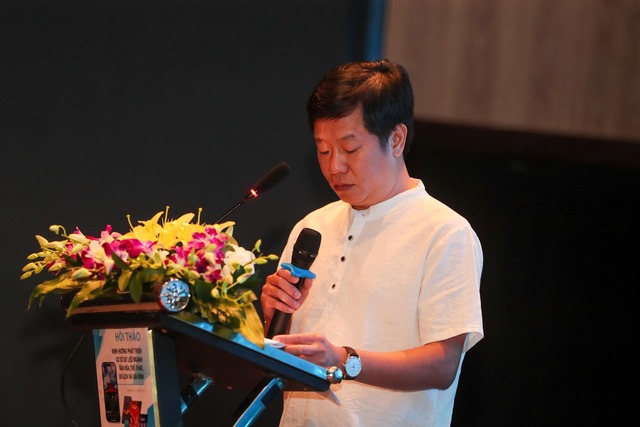
MSc. Pham Minh Truong, Vietnam Film Institute presented a paper at the Workshop.
Master Pham Minh Truong, Vietnam Film Institute, said that as the national archive of moving images, the Institute's film warehouse currently holds nearly 80,000 celluloid films. In order to store and preserve these documents for a long time, as well as exploit and disseminate them widely to the public, Vietnam Film Institute has a plan and roadmap to digitize these valuable documents.
Digitized films make searching simpler and more convenient, increase the ability to quickly and easily search for information anywhere, anytime; facilitate sharing of information resources; have the ability to edit, reuse or convert to other types of digital data.
In 2005, the Vietnam Film Institute invested in a modern digital film transfer printing system. On average, the printing system transfers about 1,000 - 1,200 rolls of film to Betacam tape per year. In order to ensure continuous film digitization, in line with the development trend of cinema, in 2015, the Film Institute invested in a 2K resolution film digitization system. On average, the Vietnam Film Institute digitizes about 600 - 700 rolls of film per year for 2K resolution.
Similar to the film digitization work, the Vietnam Film Institute also digitizes level 2 documents to safely and permanently store and preserve original documents, minimizing the need to bring original documents to service. At the same time, storing them on digital versions helps researchers and film lovers easily look up and access documents. Thereby, maximizing the dissemination and promotion of archived documents.
"The construction, exploitation and effective use of the database system in general is very important, necessary and requires clear goals and roadmaps. In addition, it is necessary to arrange human resources and increase the application of information technology and science in database construction to improve efficiency in data management and exploitation activities, regularly update data, ensure complete and accurate data, reflect truthfully and effectively serve the political tasks of agencies and units. At the same time, the construction of the database needs to focus on closely linking with ensuring information security, network security, national security, and protecting personal information" - Mr. Pham Minh Truong shared.
However, according to Mr. Pham Minh Truong, the digitalization work at the Institute also faces many difficulties such as: although the equipment has been invested, most of it is now outdated. Some components of the film scanner are degraded, affecting the quality and progress of the work. Maintenance and repair must hire foreign experts, but the cost for the above work is very high.

Conference Scene
Besides, data storage and management is still manual due to the lack of specialized data storage systems and modern data management software suitable for the specific work.
Films and secondary documents continue to be added every year, the number of digitization is large, however, human resources and equipment are not enough. The film warehouse at the Vietnam Film Institute is storing nearly 80,000 films, while the Institute can only digitize 600-700 films per year. With current equipment and human resources, to digitize the entire film warehouse requires an extremely large amount of time.
Data security of digital documents is also an issue that needs to be raised. Copying, sharing data, and leaking information can completely happen, even unintentionally by individuals in the unit, if not strictly controlled.
From the practice at the Vietnam Film Institute, Mr. Pham Minh Truong believes that the construction, exploitation and effective use of the database system in general is very important, necessary and needs to have clear goals and roadmap.
It is necessary to allocate human resources and increase the application of information technology in database construction to improve the efficiency of data management and exploitation activities, regularly update data, ensure complete and accurate data, truly reflect and effectively serve the political tasks of agencies and units.
Database construction needs to focus on closely linking with information security, network security, national security, and personal information protection.
At the same time, strengthen exchanges and cooperation with domestic and foreign agencies and units to share experiences in digitalization, exploitation, sharing and data management.
"It can be seen that building a database is the core task of digital transformation. Government or digital government both take the database as the center. Without a database, digital transformation activities are worthless and cannot develop; digital applications, services, and platforms will "freeze" or not be born" - Mr. Pham Minh Truong shared./.
Source: https://toquoc.vn/nhieu-thach-thuc-trong-chuyen-doi-so-va-tich-hop-cac-cong-nghe-moi-doi-voi-nganh-vhttdl-2024100116551151.htm


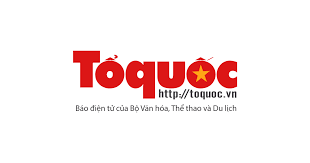

![[Photo] General Secretary To Lam attends the 80th Anniversary of the Cultural Sector's Traditional Day](https://vstatic.vietnam.vn/vietnam/resource/IMAGE/2025/8/23/9f771126e94049ff97692935fa5533ec)






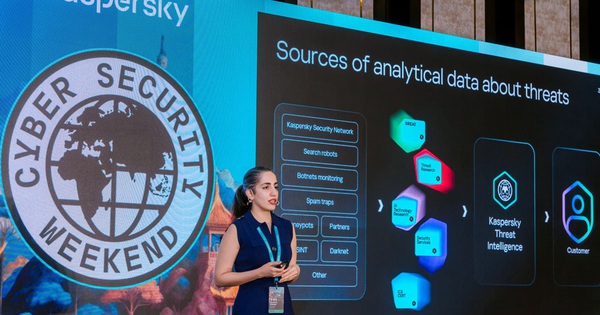

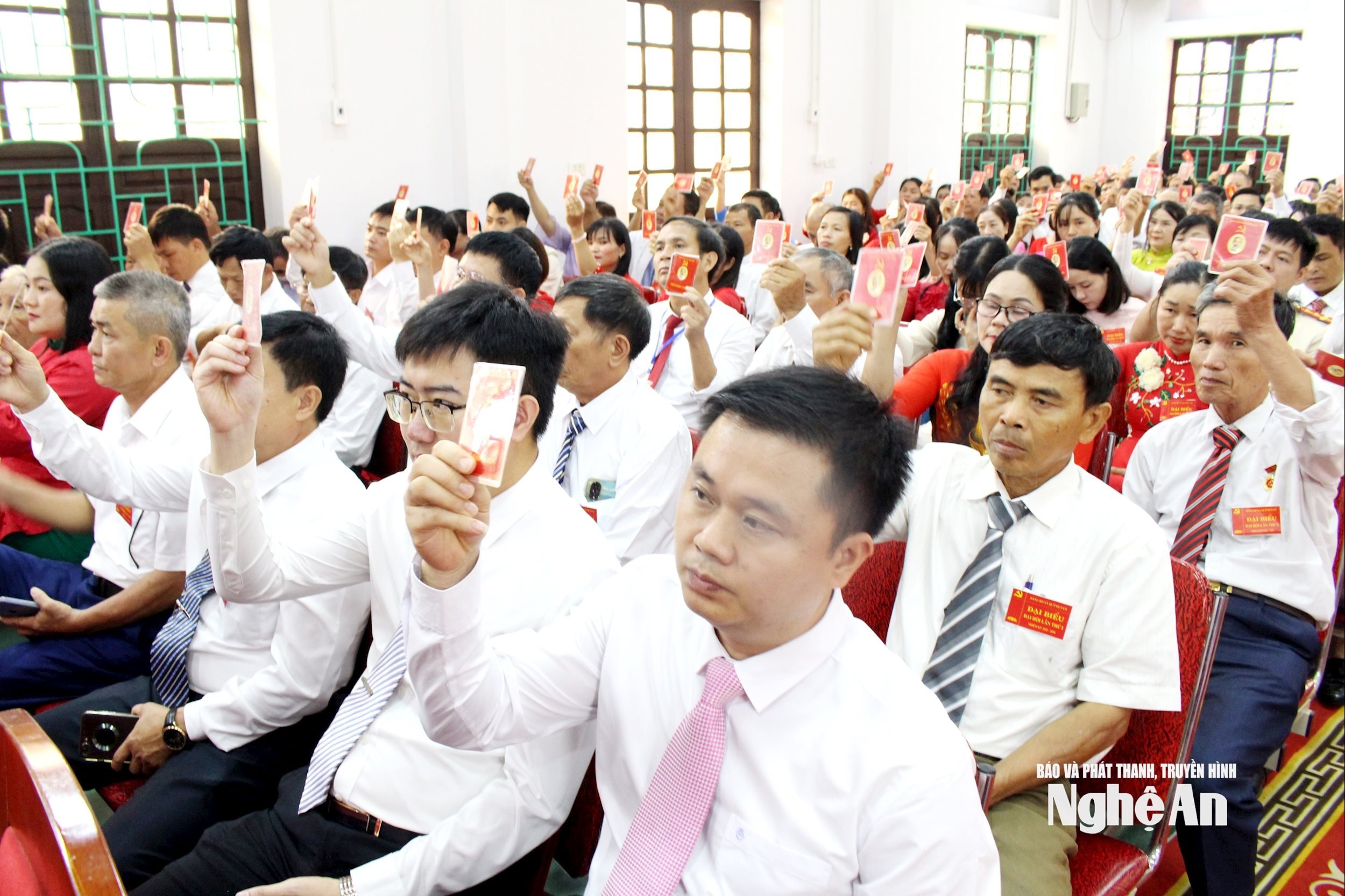



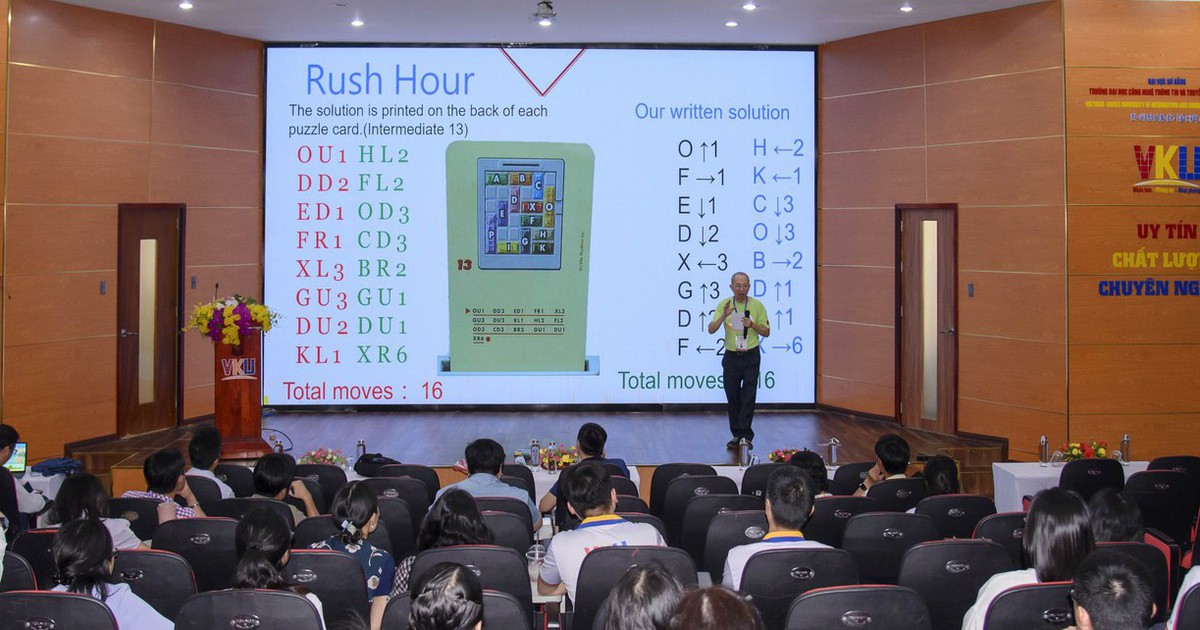




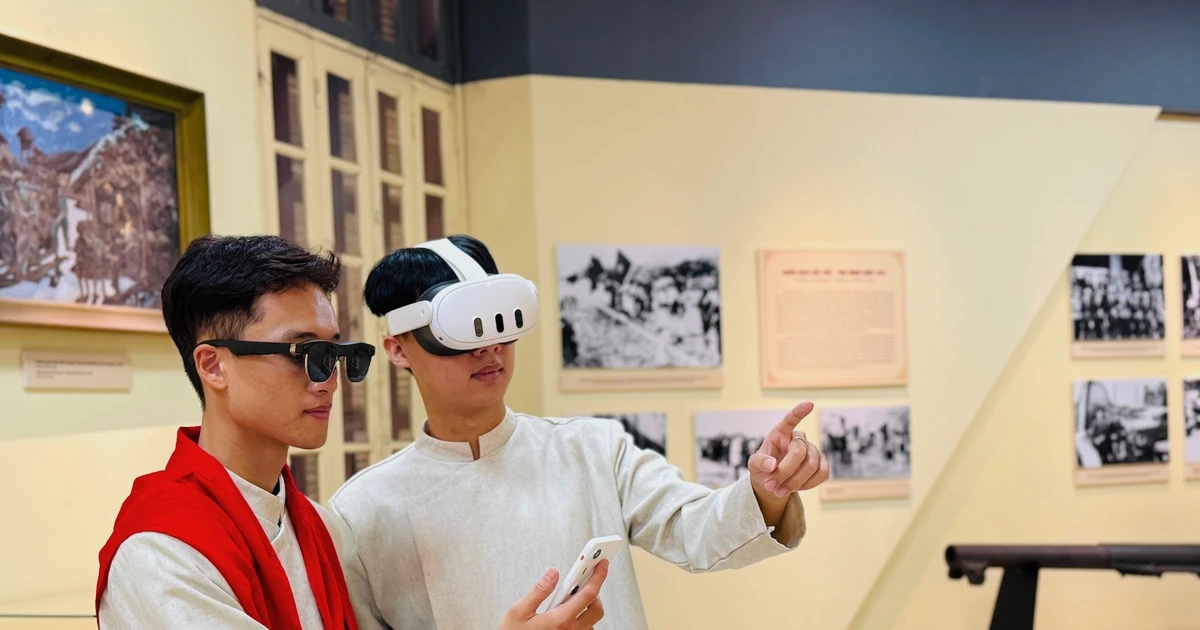
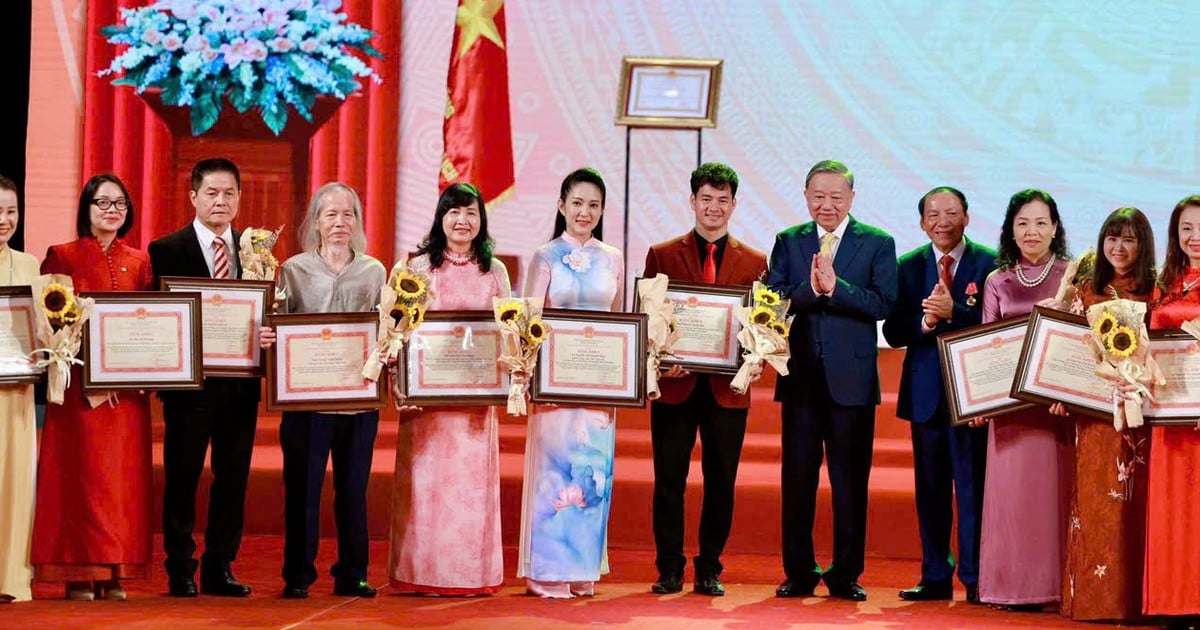
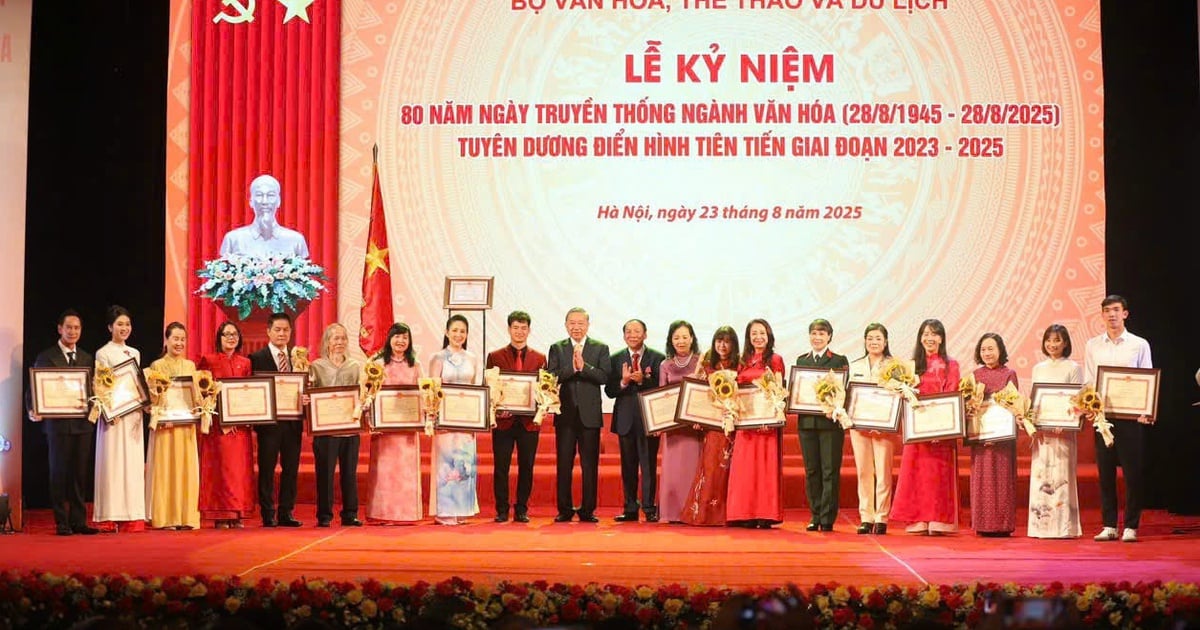
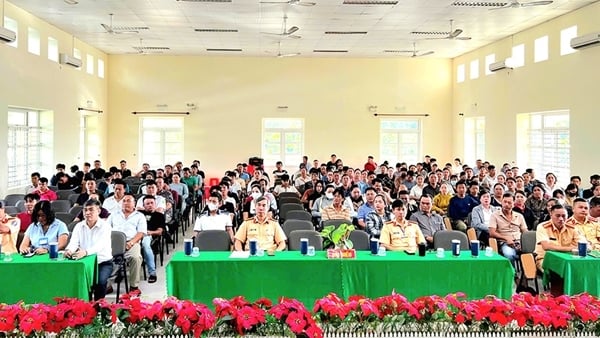
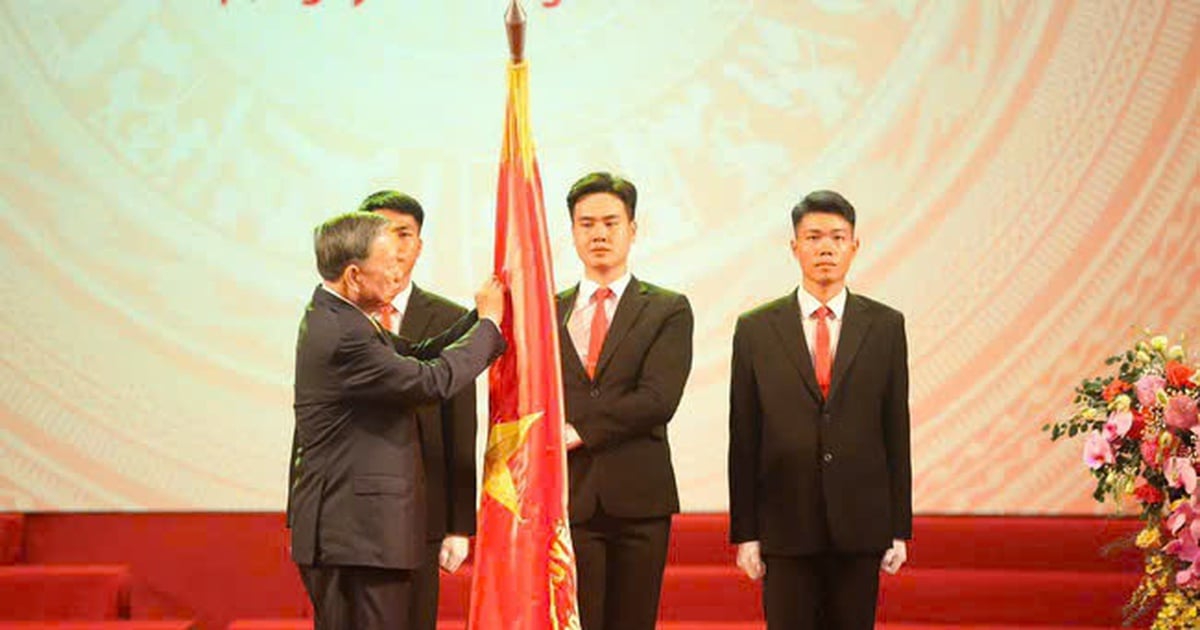



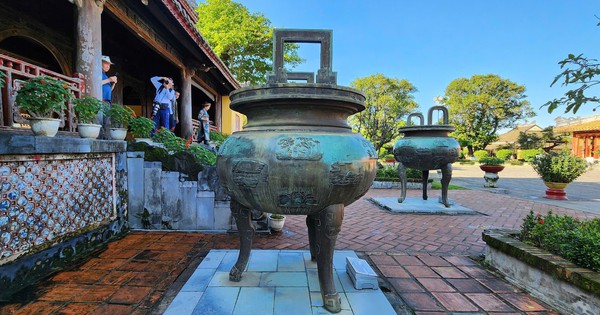

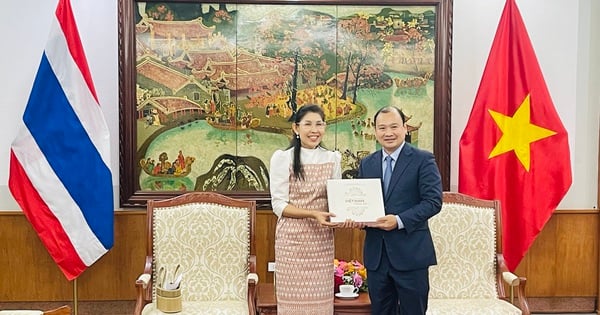
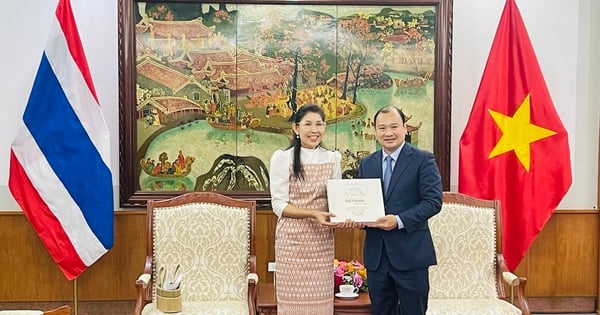
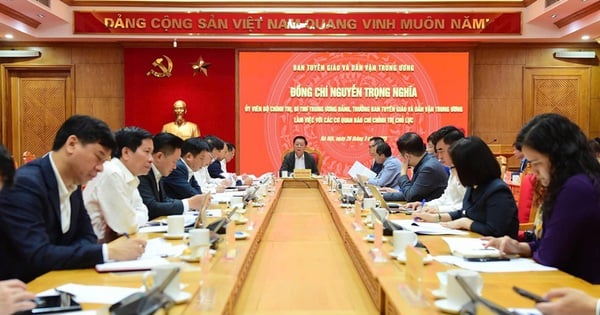




































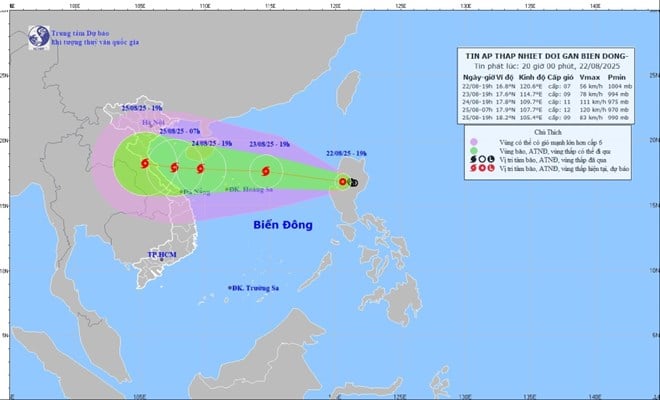

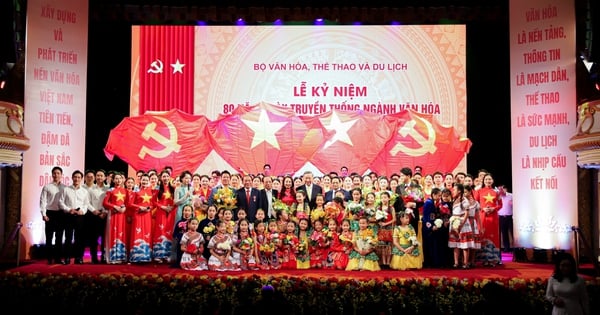

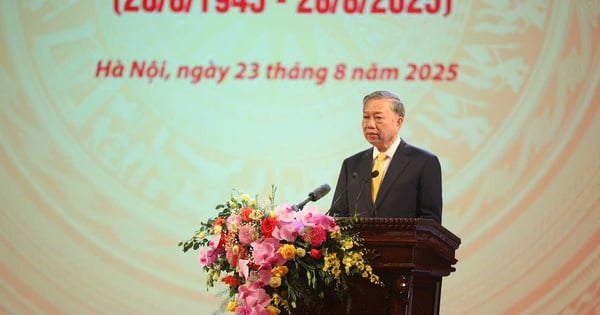
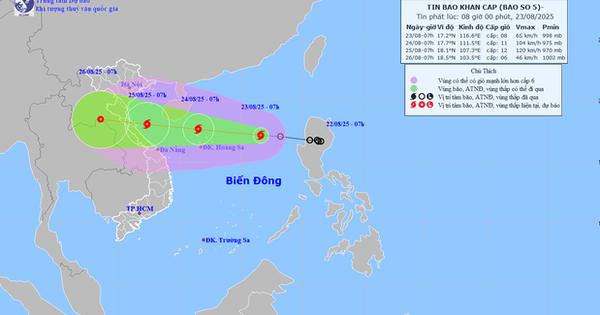

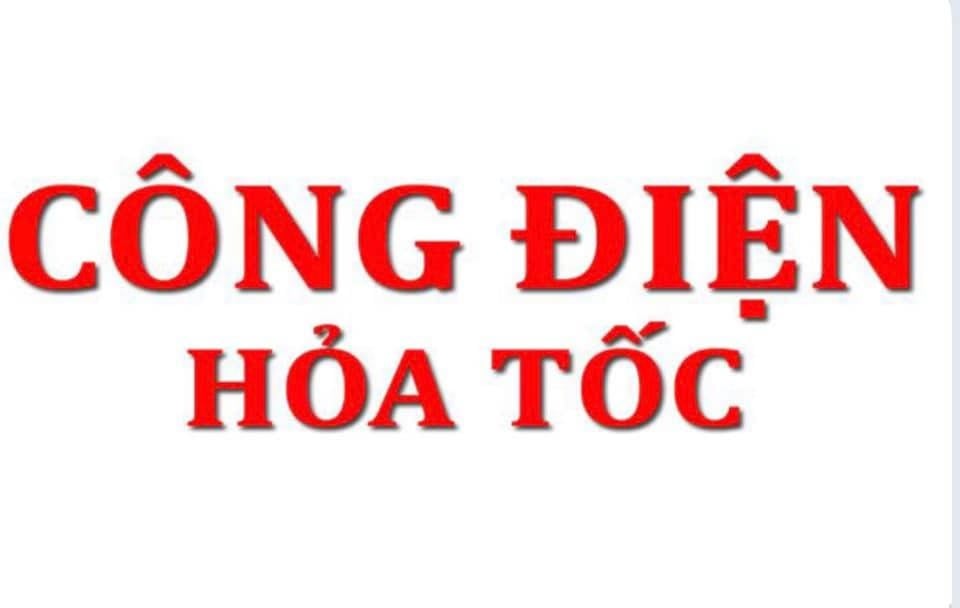

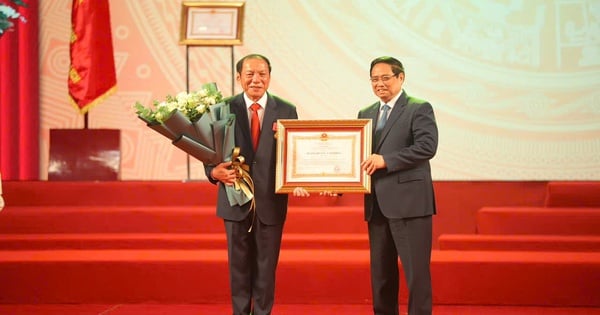




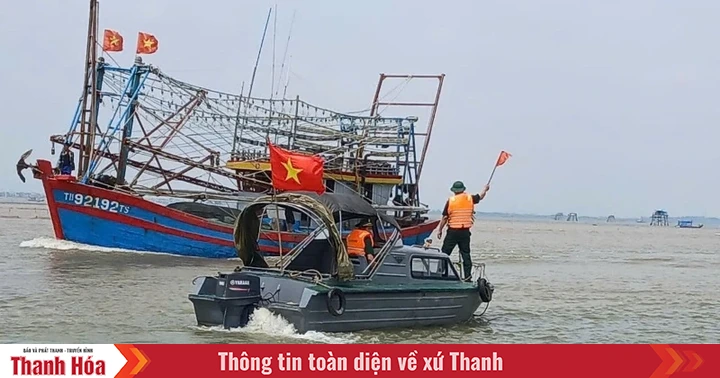




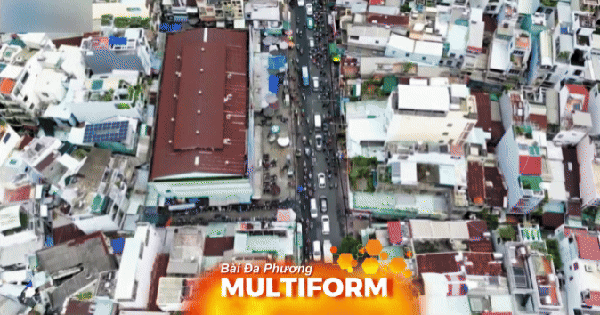






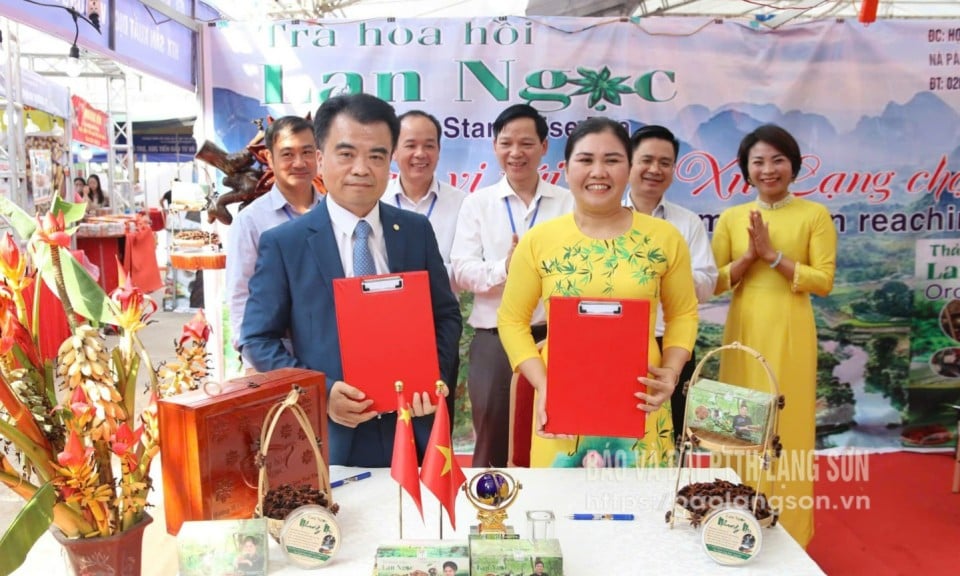

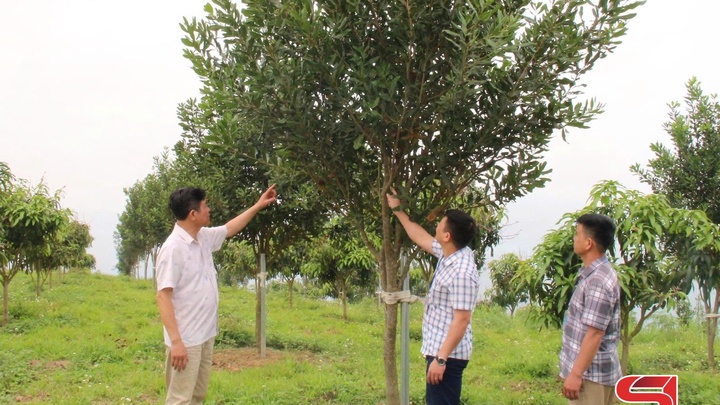

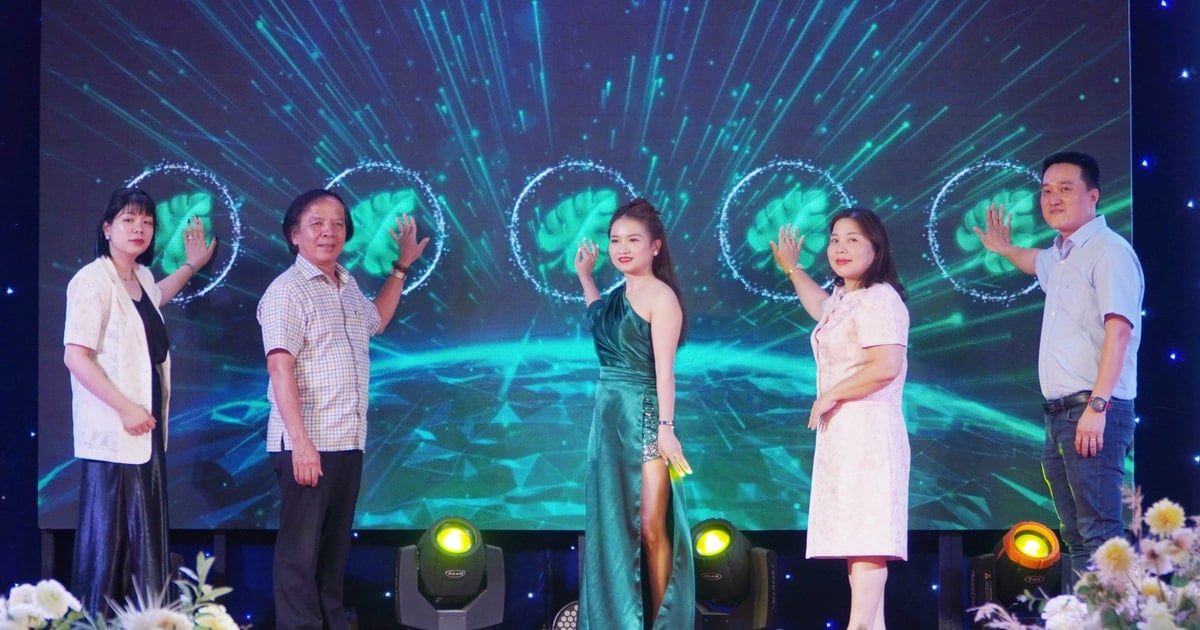





Comment (0)